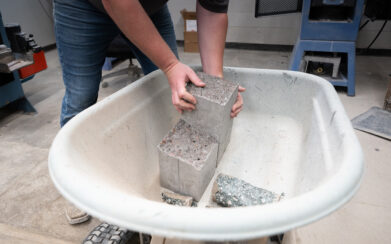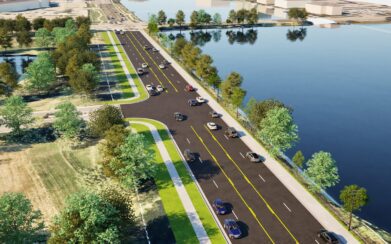Insights
How City Planners Care for Your City
 Taking care of a city is a lot like taking care of a house. There are projects that beautify the house, and projects that keep it in good condition. Properly planning a city is quite similar. For instance, updating water pipes may seem like a nuisance; it’s expensive, interrupts traffic, and citizens do not see a physical change. However, most people want clean water that is free of heavy metals.
Taking care of a city is a lot like taking care of a house. There are projects that beautify the house, and projects that keep it in good condition. Properly planning a city is quite similar. For instance, updating water pipes may seem like a nuisance; it’s expensive, interrupts traffic, and citizens do not see a physical change. However, most people want clean water that is free of heavy metals.
City Planners can help make sure all these different priorities are happening in your town and in a responsible manner. There are many ways to do this but two of the most common ways are comprehensive planning and a Capital Improvement Plan (CIP).
To enact zoning codes, each city is legally required to have a comprehensive plan. This document lays out your city’s current situation, future goals, and what it will take to achieve those goals. The process of creating a comprehensive plan usually takes around a year and involves a lot of input from the community itself. Ideally, these plans look ahead for ten years at a time, are updated each year, and re-done (or renewed) each decade.
A CIP involves a list of capital projects a city needs to do; this can include road construction, utility updates, new parks, etc. These projects are prioritized and scheduled out over five to ten years at a time. Each project is given a cost estimate and a priority level, then they are assigned a year. This allows the city to plan out capital improvements in a responsible manner.
These are just two ways planning helps a city stay up to date with the responsible (and fun) parts of taking care of your city. From large scale projects like new water towers to small aesthetic updates like extra trees downtown, city planners are here to keep things fresh and functioning.











